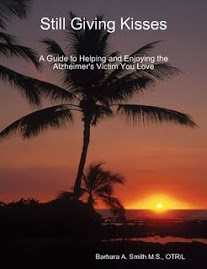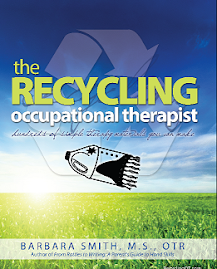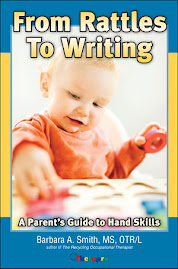This video shows the similarity in horse and human gait! The rotation of the horses pelvis causes the rider's to move laterally-side to side. The lateral flexion of the horse's barrel resulting from the forward swing and reach of the hind leg causes pelvic rotation in the rider. The acceleration of the horse's movement during swing phase of the hind leg and deceleration of the horse's movement at strike and stance of the hind leg cause poster/anterior tilting of the rider's pelvis.
Barbara Smith, M.S., OTR/L author of, The Recycling Occupational Therapist







